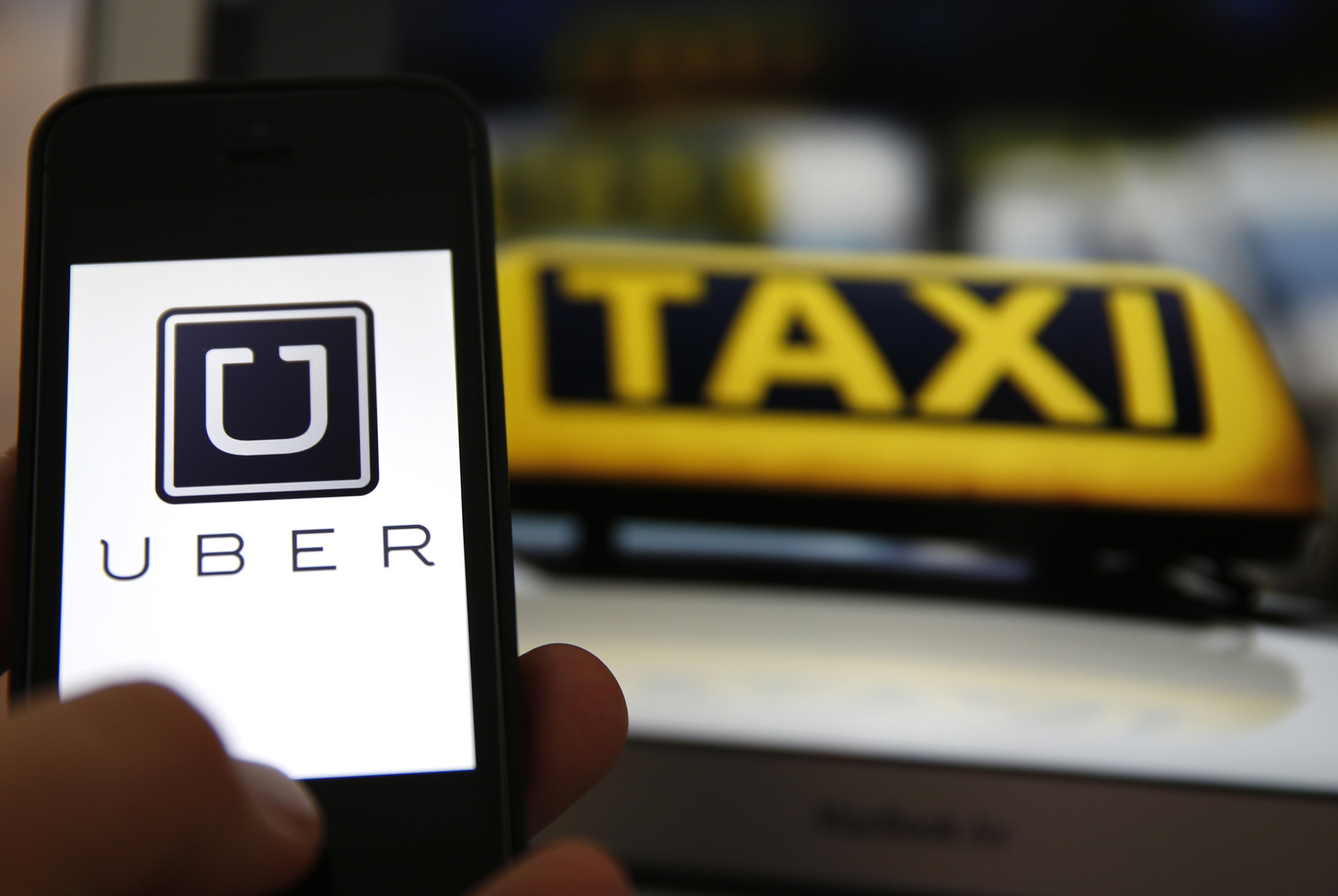LISBON—Uber now has its eyes on the skies. In a talk Wednesday morning at the Web Summit conference here, chief product officer Jeff Holden outlined the ride-hailing firm’s plans to take commuters across major cities in electric-powered air taxis by 2020, starting in Los Angeles.
But its plans to have four-passenger, vertical-takeoff-and-landing aircraft zip above skyscrapers faces a major obstacle that Holden brushed off during that 25-minute presentation.
Traffic is a problem in the sky, too
As part of what it’s also called its Elevate project, Uber is banking on a major reengineering of the air-traffic control system — the current one isn’t geared to handle the flocks of new aircraft that Uber envisions.
“We need to handle a lot more air traffic flying over cities than has ever been done before,” Holden said. “We need a foundational reboot of the air-traffic system.”
Uber plans to do that by putting its UberAir operations into an existing NASA project to open up the nation’s airspace to drone traffic called UTM (for Unmanned Aircraft System Traffic Management). But UTM is still far from completion, and Uber’s piloted vehicles will be far larger and heavier than any drone.
A longtime aviation analyst’s take: Good luck with that.

Bob Mann, president of the airline consulting firm R.W. Mann & Co., called Uber’s 2020 goal “purely aspirational, but then that’s Uber.”
He wrote in an e-mail that integrating commercial UberAir service into the existing air system would start without a “vision, protocol or procedure.” Uber might be able to begin commercial flights in time for the 2028 Olympics in Los Angeles — “but most likely beyond that time,” he added.
Indeed, the history of past attempts to modernize the air-traffic control system is full of delays. And the air is worse than the roads in one important aspect: Uber can’t just start service first and ask permission later.
Beyond helicopters
The rest of Uber’s aerial effort seems better-grounded. Holden pitched it as both a logical response to big-city traffic getting worse all the time and an outgrowth of its earlier venture into aerial transportation with its UberChopper service.
Holden said traditional helicopters will never work for more than luxury commuting: They are too noisy, not safe enough, too polluting and too expensive.
“We need an entirely new kind of aircraft,” Holden said.
So instead of a helicopter’s one large rotor or the two massive, rotating propellers of a vertical take-off and landing (VTOL) plane like the Boeing (BA) V-22 Osprey, Uber’s four-passenger air taxi will take to the air with six electrically-driven rotors.
That makes an UberAir taxi simpler and safer than a helicopter and much quieter.
“There’s a lot of sources of sound from a helicopter that are gone from this design,” he said.
Once transitioned to level flight, it can hit 200 miles an hour and go 60 miles on a charge. A special charger developed by Uber’s partner ChargePoint will be able to recharge the battery in four minutes.
Holden said flight demonstrations should begin in a bit over two years, with service ideally launching in Los Angeles and then Dallas beginning in 2020.
That would be comfortably before the 2020 to 2022 and 2022 to 2023 timeframes that executives at other air-taxi projects—Airbus’ Urban Air Mobility and Volocopter—suggested in a panel here Tuesday.
Pricing possibilities
Existing helicopter-taxi services suffer from prohibitively high prices. Uber drew headlines and scorn when it launched UberChopper by charging $3,000 to take five people from Manhattan to the Hamptons. It doesn’t want anything close to that for UberAir.
“In the early days, pricing will certainly not be less than the cost of driving your own car, but it’s also not going to be crazy high,” Holden said. “Once we kind of stabilize after launch, we’ll be able to offer an UberAir ride at an UberX price.”

